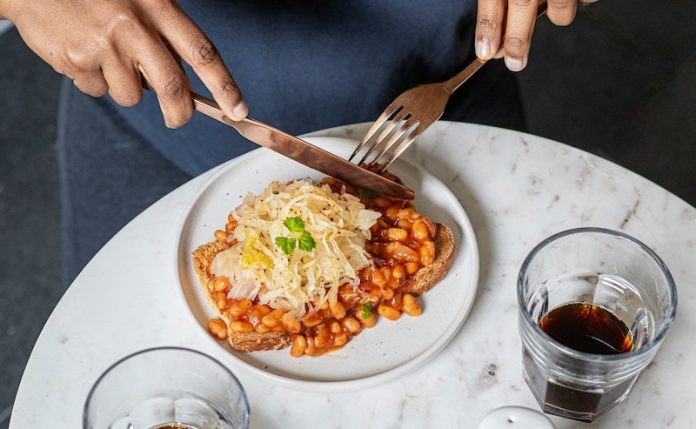
Imagine your stomach as a bustling city, alive with activity. This city is filled with trillions of tiny residents—microorganisms that include bacteria, viruses, and even creatures called protists. Together, they make up what’s known as the gut microbiota. While some of these microscopic beings can cause harm, many are helpful citizens that work hard to keep us healthy.
One of the most interesting—and mysterious—inhabitants of this gut city is a tiny protist called Blastocystis. Just like people, Blastocystis comes in different “types,” or subtypes, and each behaves in its own way. Some of them are peaceful and may even help our bodies. Others, however, can be quite the troublemakers.
In Singapore, scientists have been studying a particular subtype called Blastocystis ST7. This version of Blastocystis is more common in Asia than in Western countries, and it has been linked to stomach problems, especially diarrhea. For years, doctors and researchers weren’t exactly sure how ST7 was causing trouble in the gut.
That mystery is now starting to unravel, thanks to new research from the National University of Singapore. Led by Professor Nicholas Gascoigne and Associate Professor Kevin Tan, with key work from Dr. Lukasz Wojciech, the team discovered that Blastocystis ST7 produces a special substance called indole-3-acetyldehyde—or I3AA for short.
What does I3AA do? Think of it like a bad message being spread in the gut city. It confuses our body’s immune system—our natural defense team—and causes it to overreact.
Instead of keeping the peace, the immune system begins attacking even the friendly, helpful bacteria. This overreaction causes inflammation, which leads to stomach pain, irritation, and other gut problems.
This discovery was a big breakthrough. It’s the first time scientists have clearly understood how this Blastocystis subtype creates chaos in the gut by producing I3AA.
But here’s where it gets really interesting—and hopeful.
The researchers also found that certain friendly bacteria, especially those in the lactobacillus family, can help calm the storm. Lactobacilli are commonly found in fermented foods like yogurt and cheese. These good bacteria appear to fight the effects of I3AA, helping the immune system stay balanced and reducing inflammation.
In simpler terms, if Blastocystis ST7 is the troublemaker in your gut, lactobacilli from foods like yogurt may be the peacekeepers—restoring calm and keeping the city running smoothly.
This opens up new possibilities. Instead of only focusing on killing harmful microbes, future treatments might involve adding more helpful ones—like eating certain probiotic foods or developing supplements tailored to boost gut health.
The research team isn’t stopping here. They’re now exploring whether I3AA is only made by ST7 or if it’s found in other harmful microbes too. They also want to study which types of lactobacilli are the best at stopping inflammation caused by I3AA, which could lead to new treatments.
This story is a reminder of just how much the tiny world inside us matters. Our gut is more than just where food is digested—it’s a complex and delicate system that affects our entire wellbeing. Understanding which microbes help us and which ones hurt us can guide us to better health through food, science, and simple habits.
So next time you enjoy a spoonful of yogurt or a slice of cheese, remember: you might be feeding tiny helpers that keep your gut city safe and strong.
The study was published in The EMBO Journal and adds another important piece to the growing puzzle of how our gut microbiome shapes our health every day.
For more information about gut health, please see recent studies about the crucial link between diet, gut health, and the immune system and results showing that Low-gluten, high-fiber diets boost gut health and weight loss.
For more information about gut health, please see recent studies about Navigating inflammatory bowel disease (IBD) with diet and results showing that Mycoprotein in diet may reduce risk of bowel cancer and improve gut health.
Copyright © 2025 Knowridge Science Report. All rights reserved.



